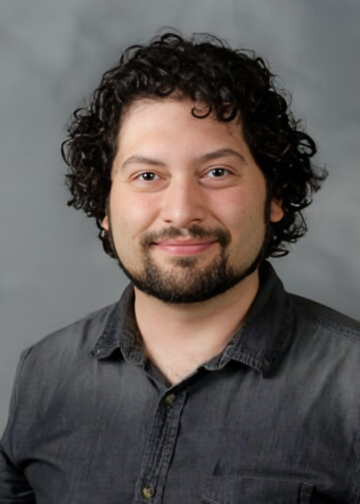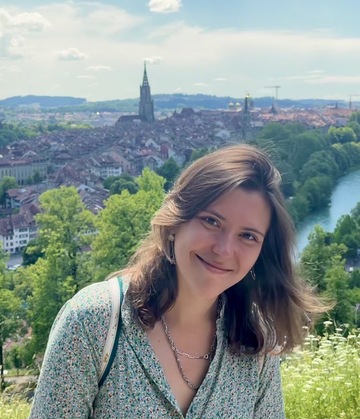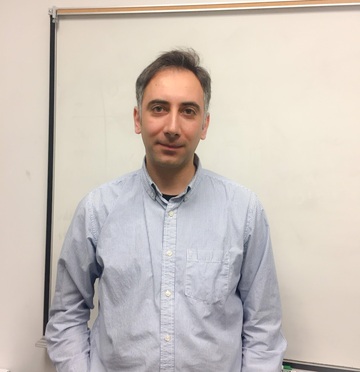Jeffrey Opoku
University of Texas, Rio Grande Valley
Ramanujan type congruences for quotients of Klein Forms
In this work, Ramanujan type congruences modulo powers of primes $p \ge 5$ are derived for a general class of products that are modular forms of level p. These products are constructed in terms of Klein forms and eta quotients and are generating functions for certain important arithmetic functions known to satisfy Ramanujan type congruences for $p = 5, 7, 11$. The vectors of exponents corresponding to these products that are modular forms for $\Gamma _{1} (p)$ are subsets of bounded polytopes with explicit parameterizations. This allows for the derivation of a complete list of products that are modular forms for $\Gamma_{1} (p)$ of weights $k$ for primes $5 \le p \le 19$ and whose Fourier coefficients satisfy Ramanujan type congruences for all powers of the primes. Here, we provide a comprehensive characterization of these products modulo powers of $5$ for the level $5$ products, and a characterization modulo $7$ for the level $7$ products.










